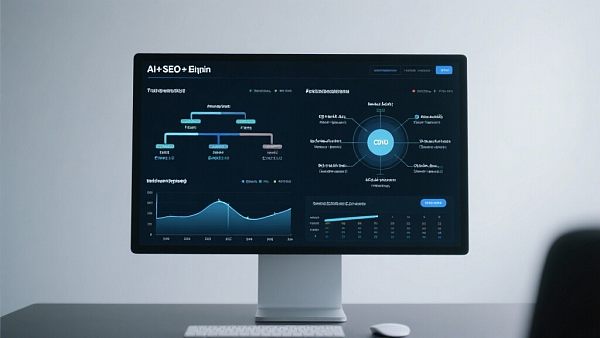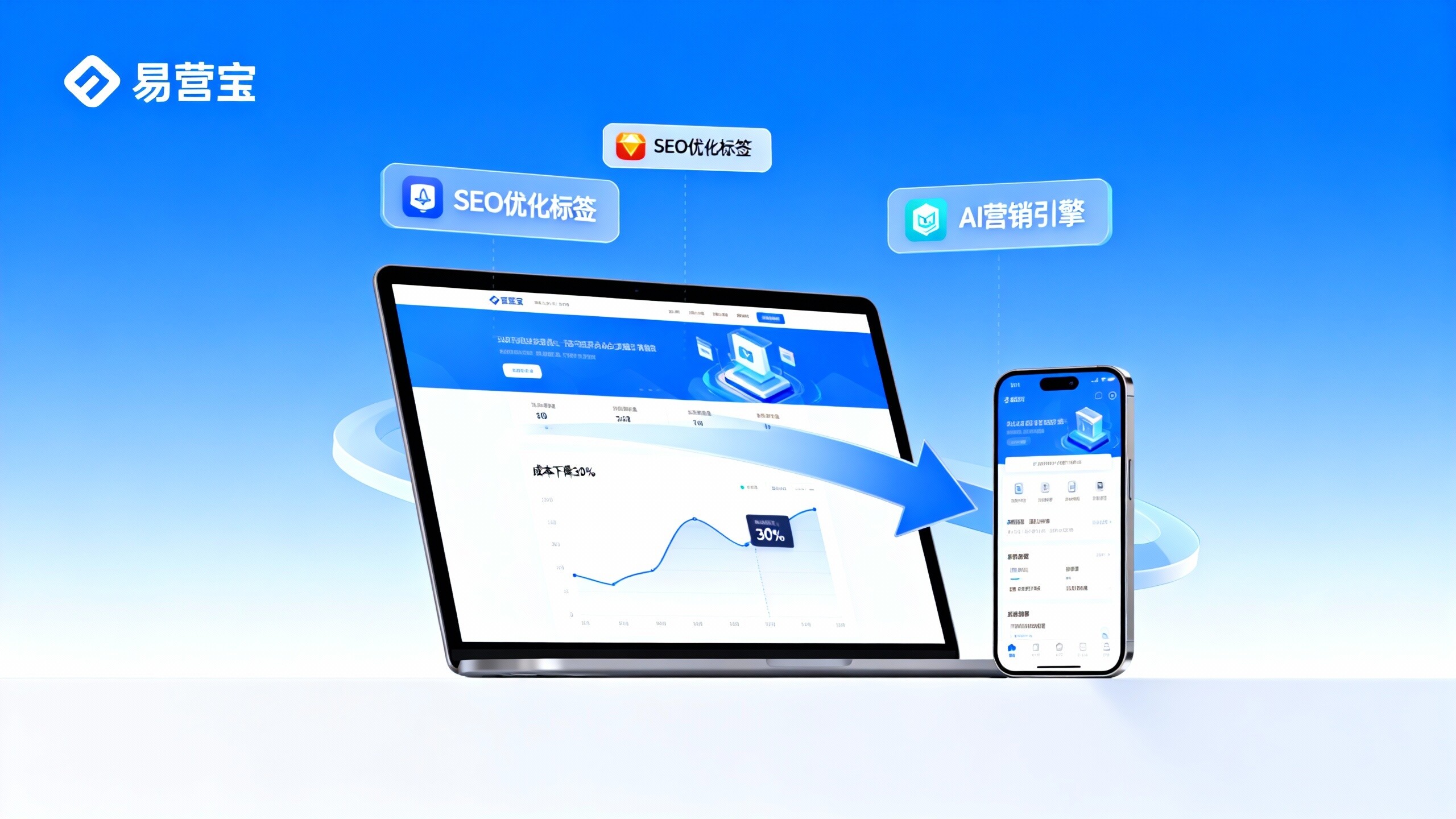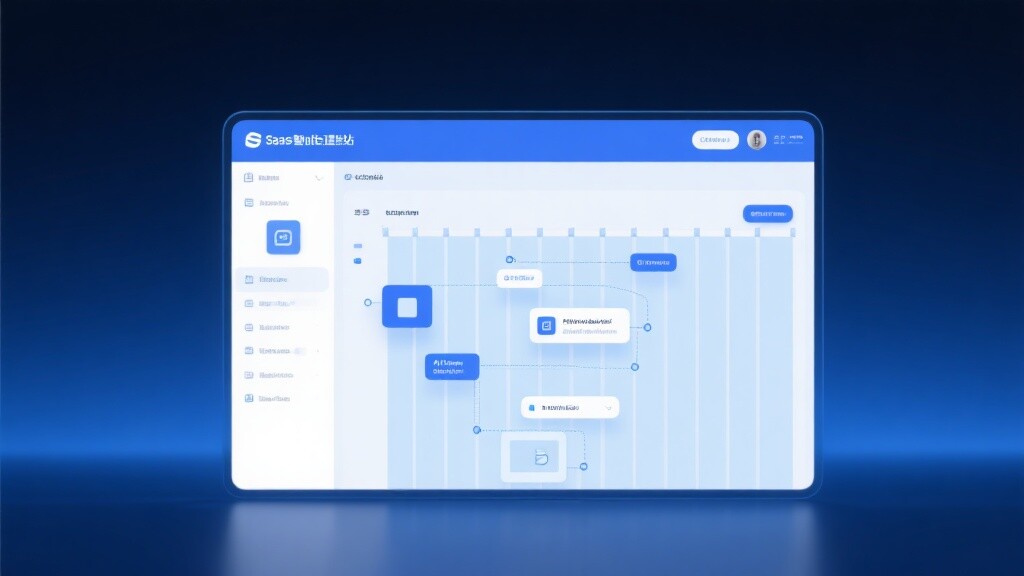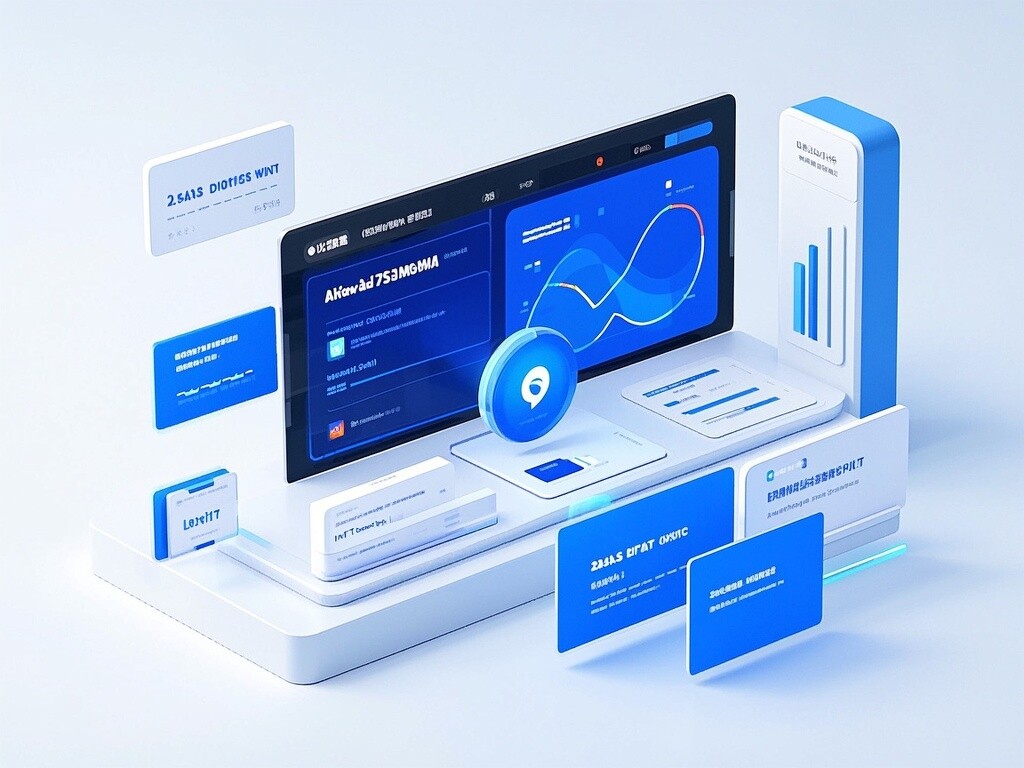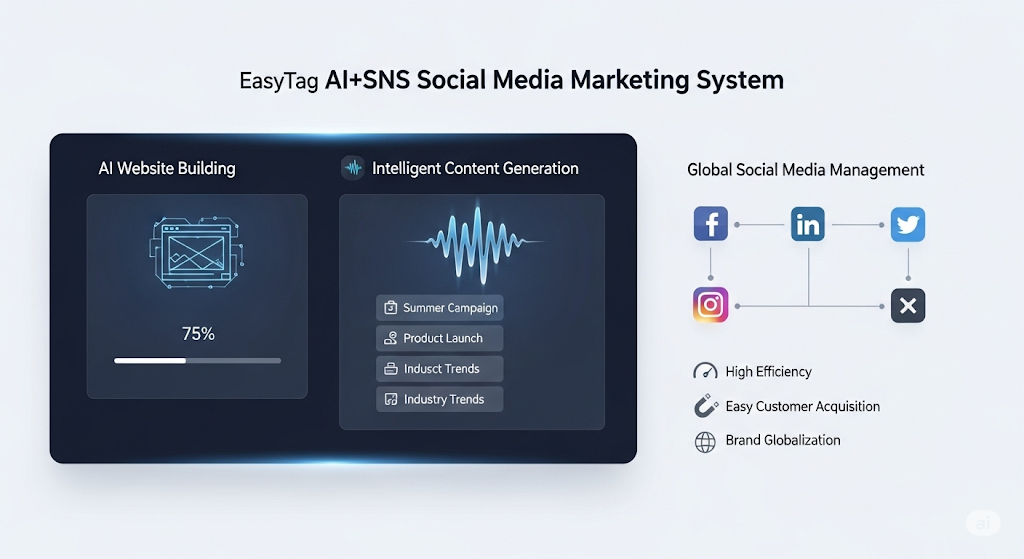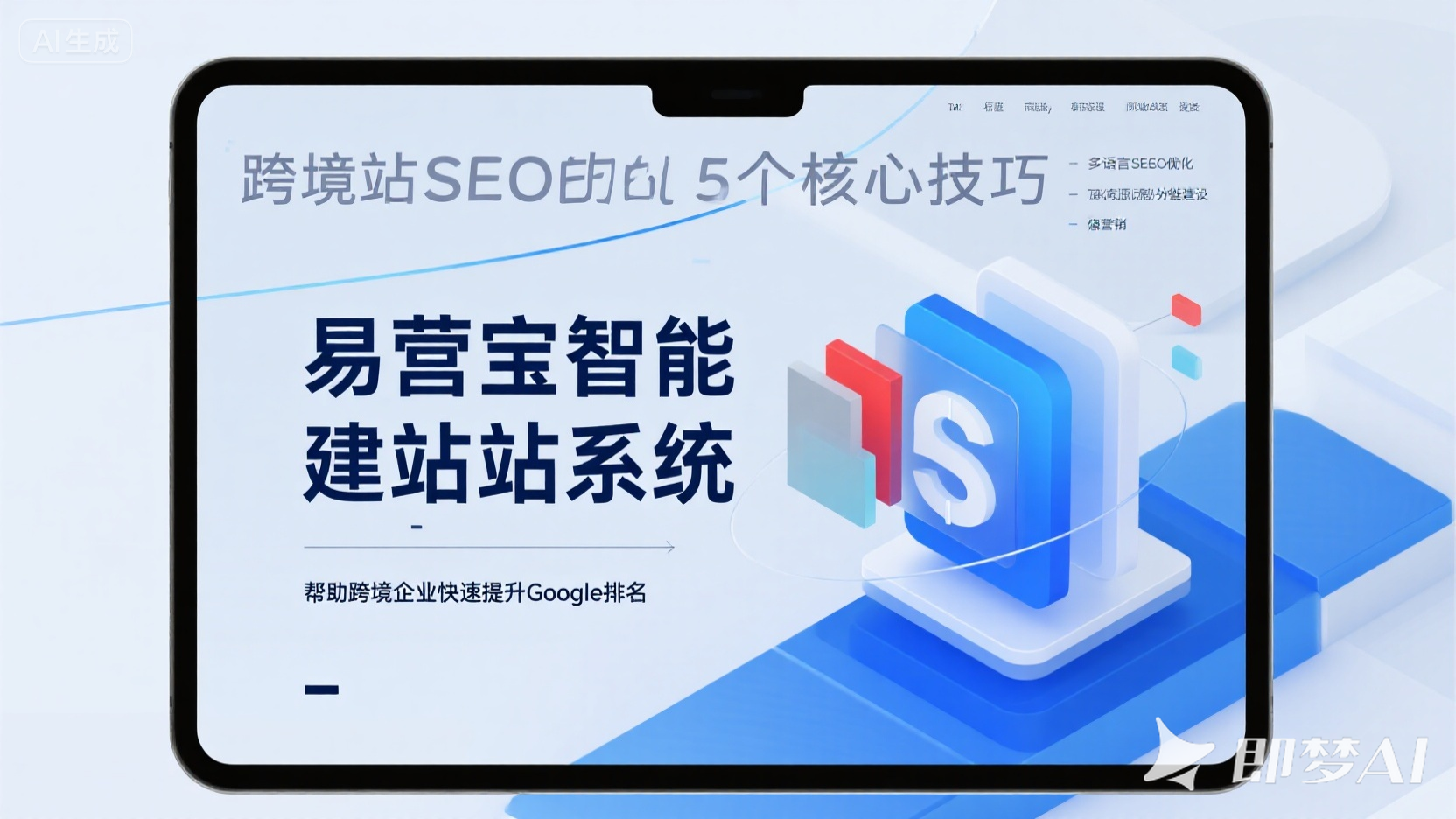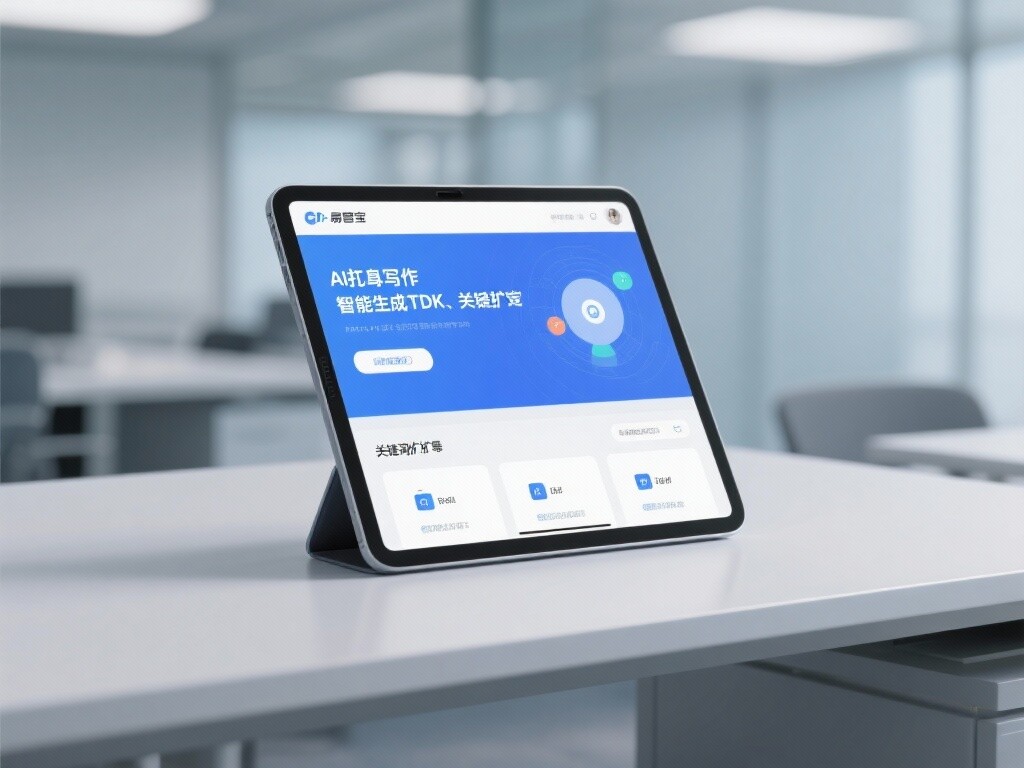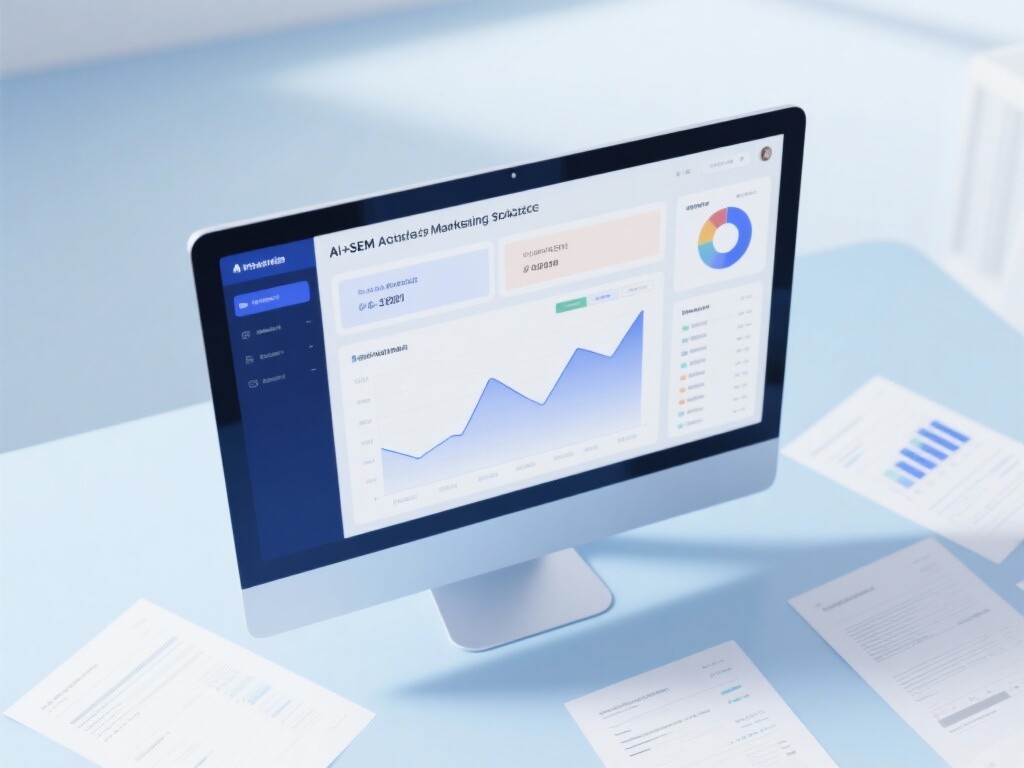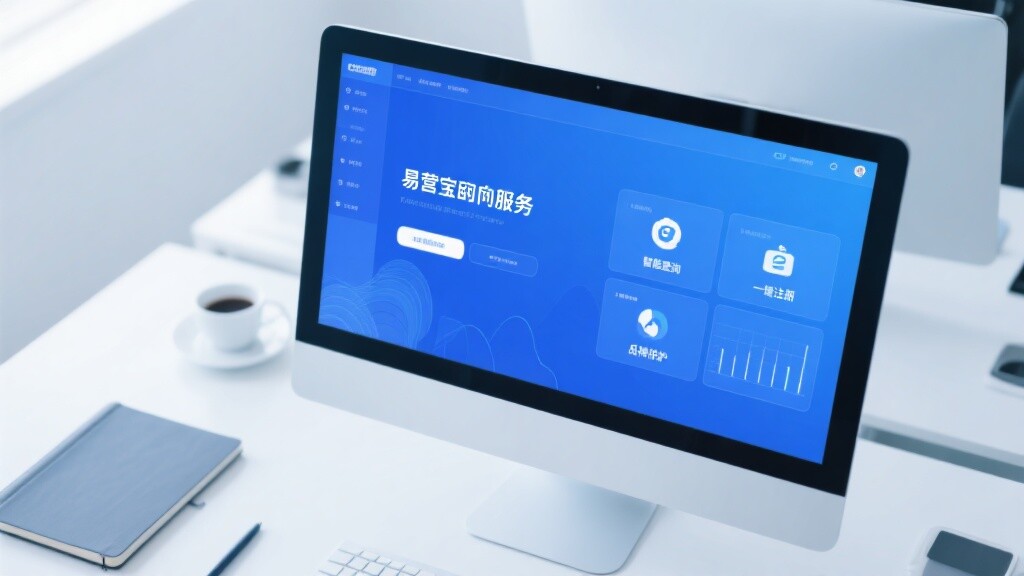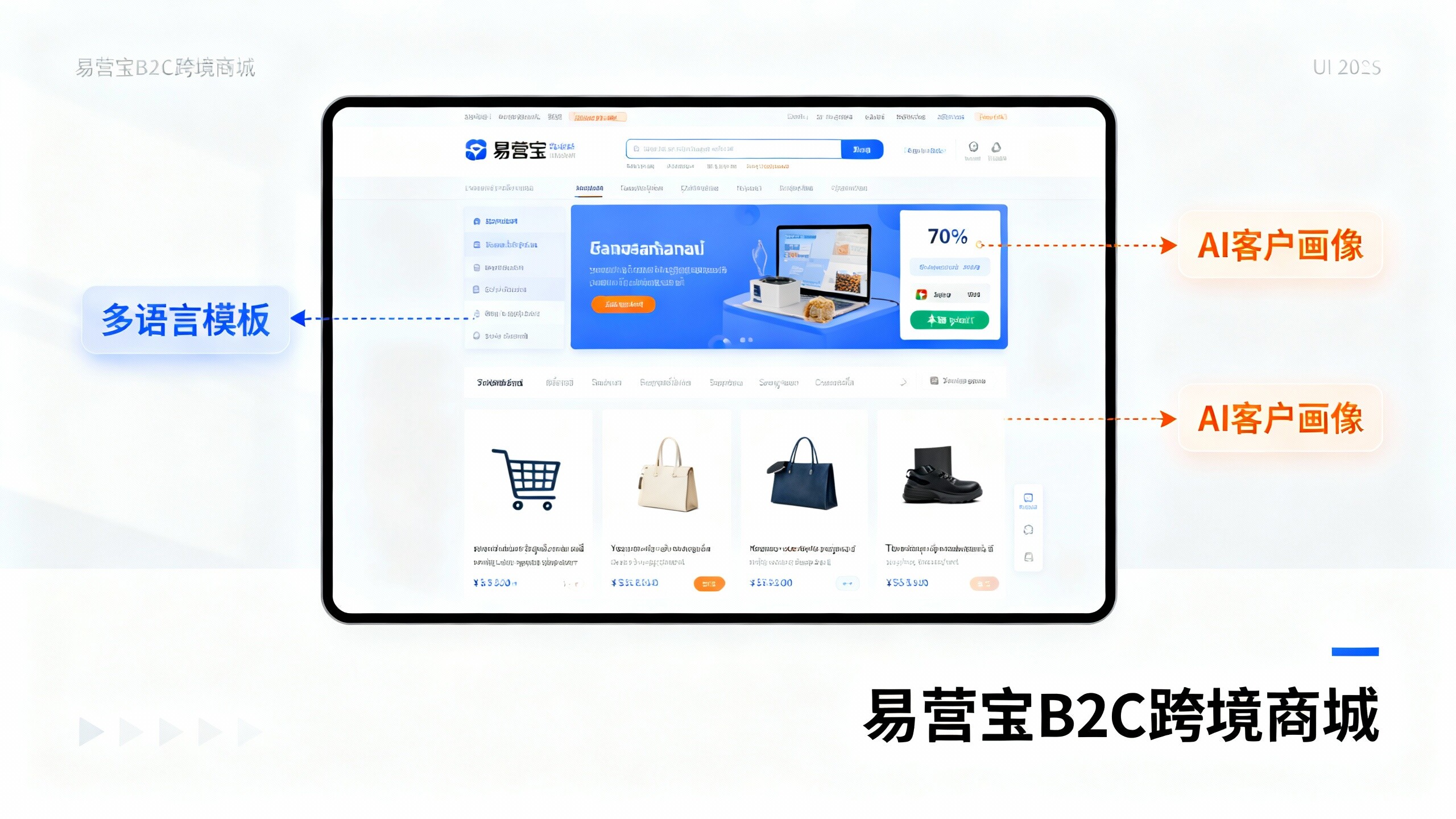- Enterprise SaaS Website Platform Comparison: Eyingbao vs Traditional Website Solutions2025-12-12View details
- 2024 Smart Website Industry Analysis: Enterprise Service SaaS Report Interpretation2025-12-12View details
- Eyingbao SaaS CMS Platform vs. Competitors: Which is More Suitable for Foreign Trade Enterprises to Build Websites?2025-12-12View details
- Website platform user research: What are the top 3 core needs that businesses are most concerned about?2025-12-12View details
- How to Choose a Schema-Ready Website Builder in 2024? 5 Key Factors Analyzed2025-12-12View details
- Cross-border SaaS Website Builder Selection: 5 Key Technical Parameters Project Managers Must Consider2025-12-12View details
- International Digital Marketing Trends: How Can a Multilingual Website System Boost Conversion Rates?2025-12-12View details
- How to Build a Foreign Trade Independent Website? 3 Steps to Create a Smart Site Supporting 10+ Languages2025-12-12View details
Multilingual Website Wuhan Supplier Evaluation Criteria: How Businesses Can Quickly Find Suitable Partners
This article integrates an AI+SEO dual-engine optimization system to provide evaluation criteria for multilingual website suppliers in Wuhan, helping enterprises quickly select the best. Before diving in, let's first clearly define the core concept: A multilingual website is not simply a machine-translated page but rather a comprehensive system that includes independent URL structures, standardized TDK settings, and localized content strategies. When evaluating Wuhan suppliers, three main dimensions should be equally weighted: "technical capability," "localization experience," and "delivery and maintenance." Special attention should be paid to whether the supplier possesses AI+SEO dual-engine optimization capabilities, such as automated TDK generation, keyword expansion, and multilingual indexing-friendly structures. Common pain points often revolve around three areas: irregular TDK settings for small-language websites, inadequate optimization execution for B2B standalone sites, and slow page loading leading to high bounce rates. Therefore, when selecting a supplier, verify the rationality of their multilingual architecture—whether it uses independent URLs (e.g., domain/directory/subdomain strategies), supports manual review workflows and SEO validation mechanisms for small languages, and provides stable global CDN nodes and rapid recovery solutions. Beyond surface capabilities, also assess whether the supplier has industry experience covering manufacturing, cross-border e-commerce, and B2B wholesale scenarios, familiarity with overseas promotion strategies, and the ability to tailor content and technical implementations based on target markets (e.g., North America, EU, Southeast Asia). Suppliers that can simultaneously offer AI-powered foreign trade standalone site solutions and automated operational tools will significantly shorten launch cycles and reduce maintenance costs—key direct benefits most valued by enterprise operators and users.
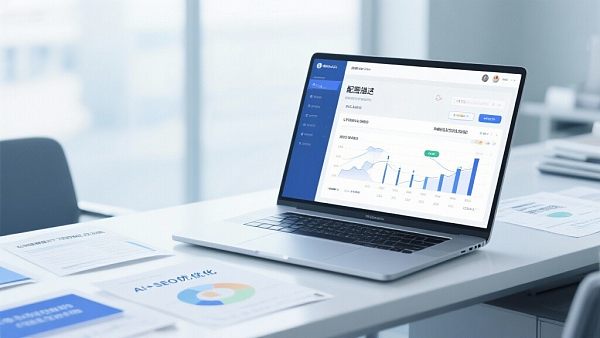
Combining Procurement Guidelines and Comparative Analysis

Below are actionable execution steps: Step 1: Clarify requirements (target market, language coverage, conversion goals, technical constraints). Step 2: Quickly shortlist suppliers, prioritizing those with global server acceleration and AI-powered site-building capabilities. For example, if you lean toward a one-stop foreign trade product solution, consider vendors offering complete AI foreign trade standalone site solutions with support for 98-language auto-translation. Step 3: Request live case studies and performance reports, focusing on search engine indexing, load times, and multilingual indexing data. Step 4: Sign a POC contract with clear KPIs (e.g., first-month indexing volume, page load time ≤1.5 seconds, target keyword rankings) and evaluate the supplier's actual performance in B2B standalone site optimization and foreign trade marketing during the POC period. For streamlined decision-making, use this quick scoring checklist: Technology (0-30 points), SEO & Content (0-25 points), Localization (0-20 points), Service & Delivery (0-15 points), Pricing & Scalability (0-10 points). When comparing suppliers across cities—such as Shenzhen multilingual website development, Chengdu multilingual website design, or Hangzhou-based multilingual solutions—evaluation criteria remain consistent, but local resources and industry client pools may differ and can serve as tiebreakers. If seeking multilingual website suppliers in Wuhan, specifically verify their familiarity with local export industry chains and logistics/payment integrations to ensure smoother execution of overseas promotion strategies. In practice, suppliers offering capabilities like global traffic ecosystem integration, social media automation, and AI ad management will help enterprises faster achieve closed-loop traffic-to-conversion cycles.
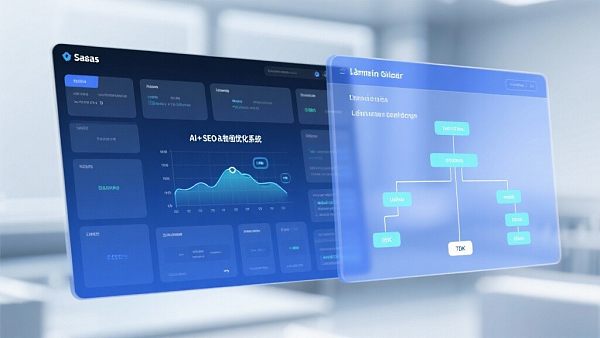
To address operational teams' key concerns, here are two common misconceptions clarified and FAQs: Misconception 1: Equating multilingual with machine translation—high-quality multilingual sites require AI translation + manual localization reviews, with TDK adjusted for small-language semantics. Misconception 2: Assuming fast site-building guarantees quick results—lacking SEO systems and keyword strategies increases long-term acquisition costs. FAQs include: How to reduce manual costs for small-language TDK setup? Recommended: AI keyword expansion + automated TDK generation workflows with manual sampling audits. How to balance brand and search volume in B2B standalone site optimization? Recommended: Layered content strategies—prioritizing brand and conversion pages while using blogs/case studies for long-tail keywords. To further assist decision-makers, we provide a ready-to-use supplier evaluation checklist (suitable for scoring bids) and recommend a 30-day dual-track POC covering both technical and content aspects. For mature product support, experience our platform demo: EasyTrade Foreign Trade Super Website, which integrates global server acceleration, AI site-building, and automated multilingual SEO optimization to significantly shorten launch cycles and improve indexing/conversion. Final call-to-action: For customized evaluation sheets, POC templates, or one-on-one consultation, contact our project consultants. We'll provide executable supplier scoring and implementation advice tailored to your industry and target markets, helping enterprises quickly find suitable multilingual partners in Wuhan and beyond.
- Campbell (name)
- free-standing station
- Multi-language website
- Small website TDK settings
- SEO optimization
- Intelligent website building
- AI translation
- B2B Standalone Site Optimization
- Independent site optimization
- Foreign trade independent website
- Global Server Acceleration
- Web Design
- AI+SEO Dual-Engine Optimization System
- AI Intelligent Website
- Website TDK
- SEO
- Global Traffic Ecosystem
- social media automation
- Multilingual Website Hangzhou Company
- Overseas Promotion Strategy Sharing
- Shenzhen Multilingual Website Development
- Chengdu Multilingual Website Design
- Multilingual Website Wuhan Supplier
- AI Foreign Trade Independent Station Solution
Related Articles
Related Products

